Holodomor Memorial
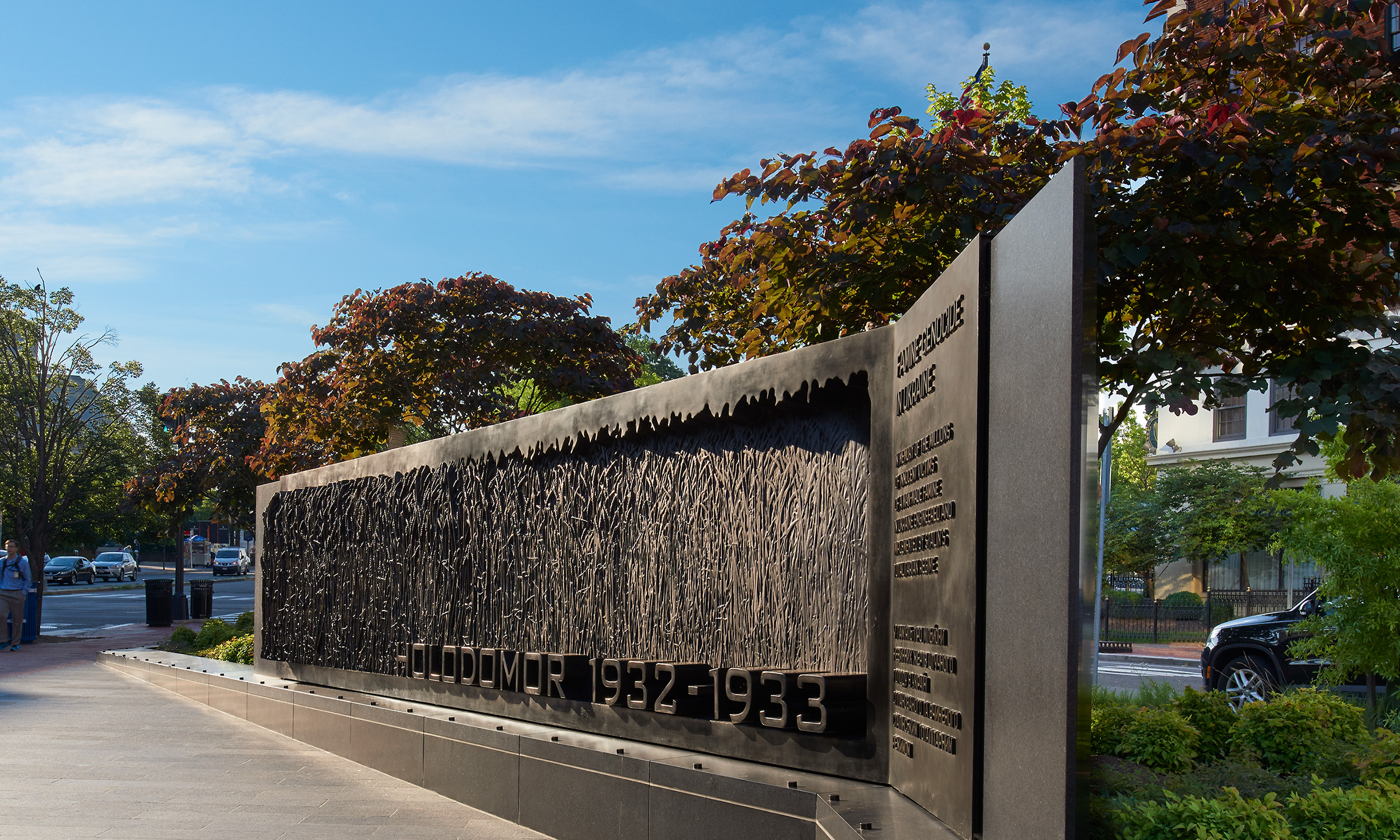
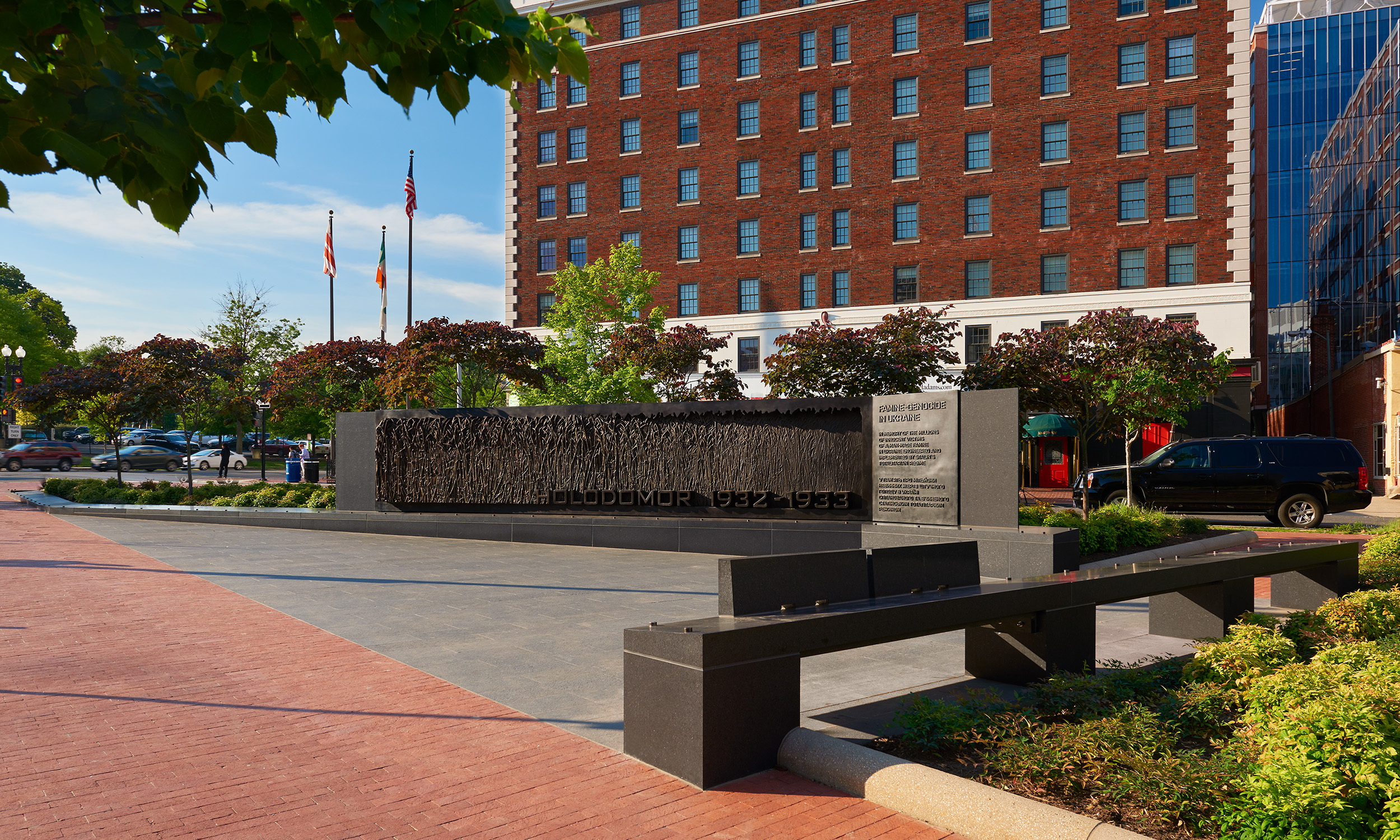
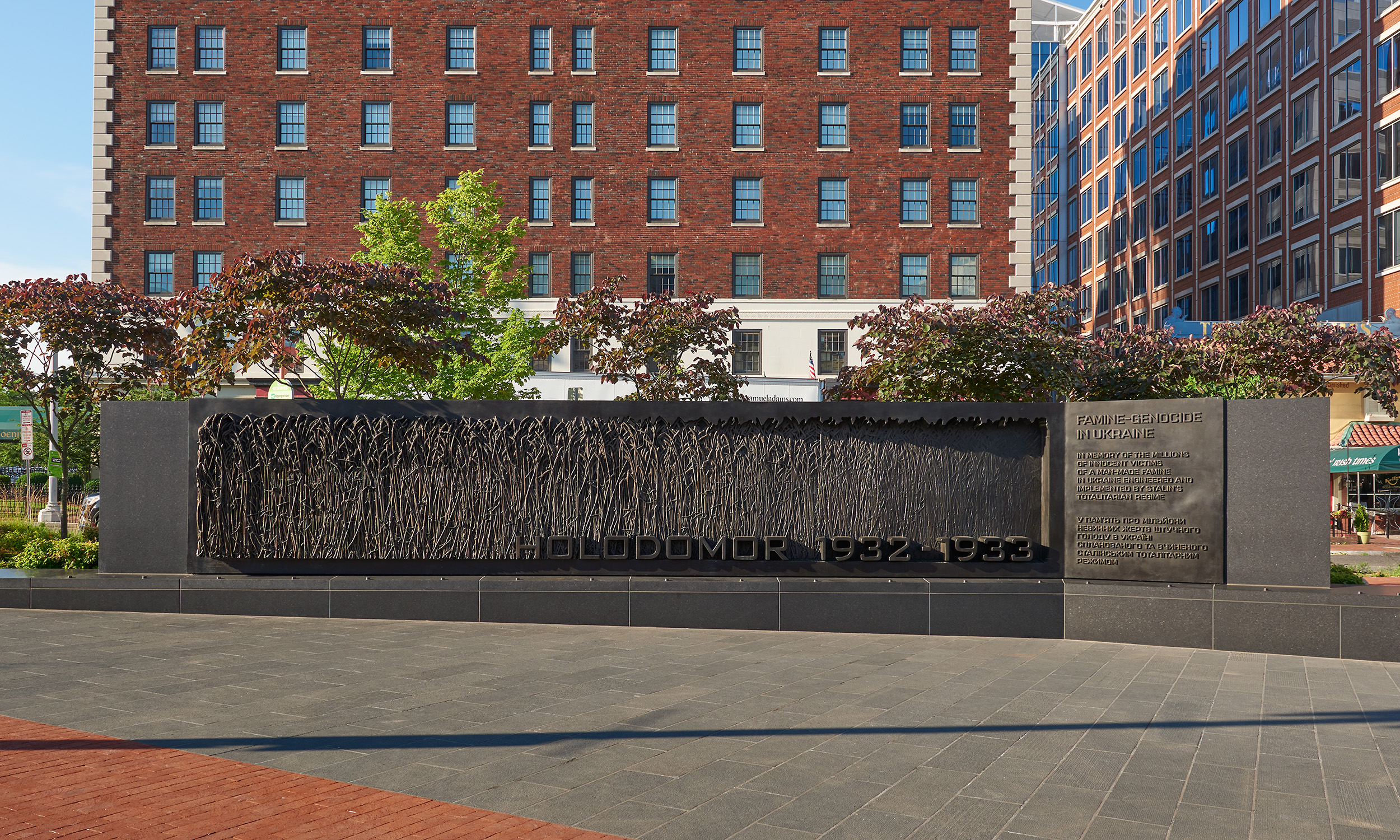

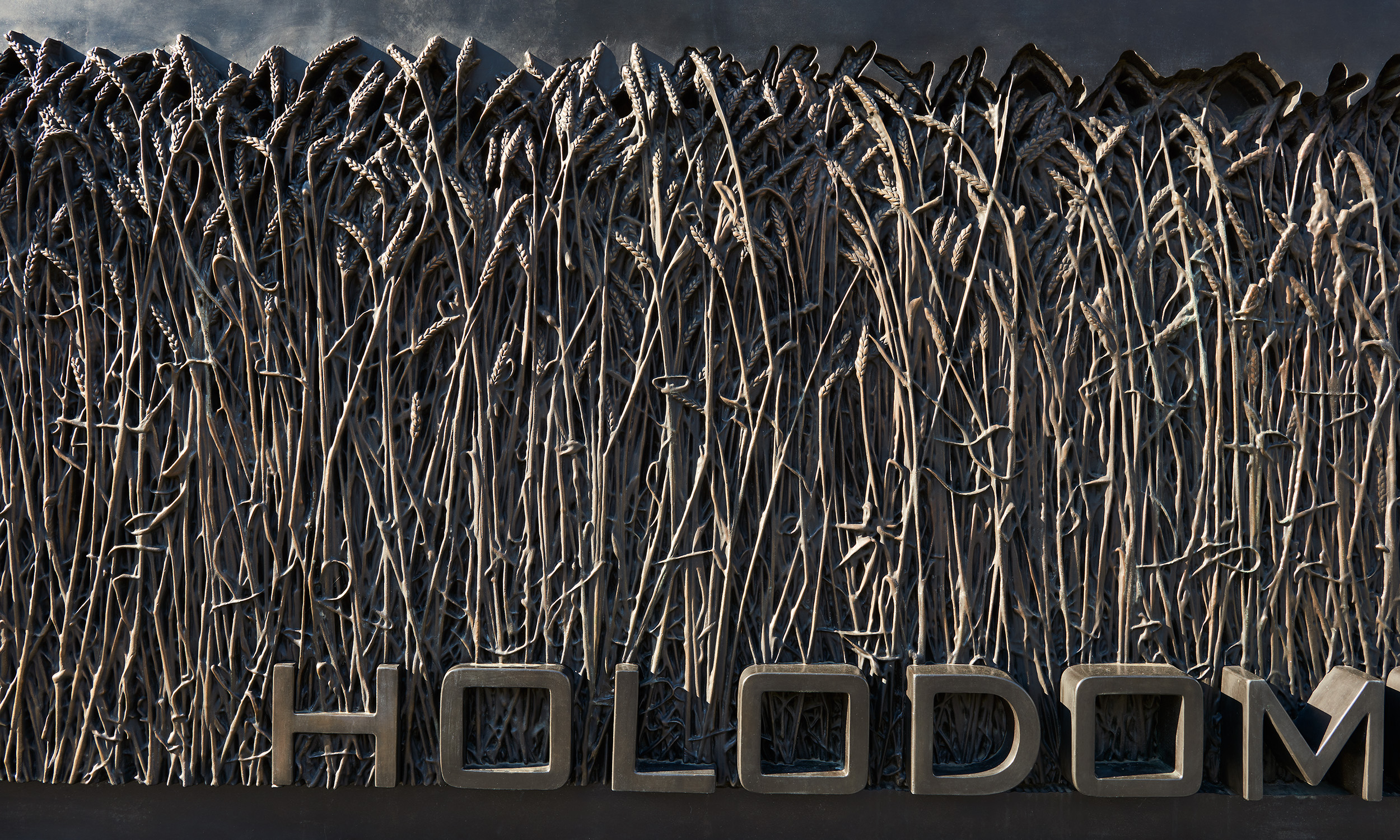
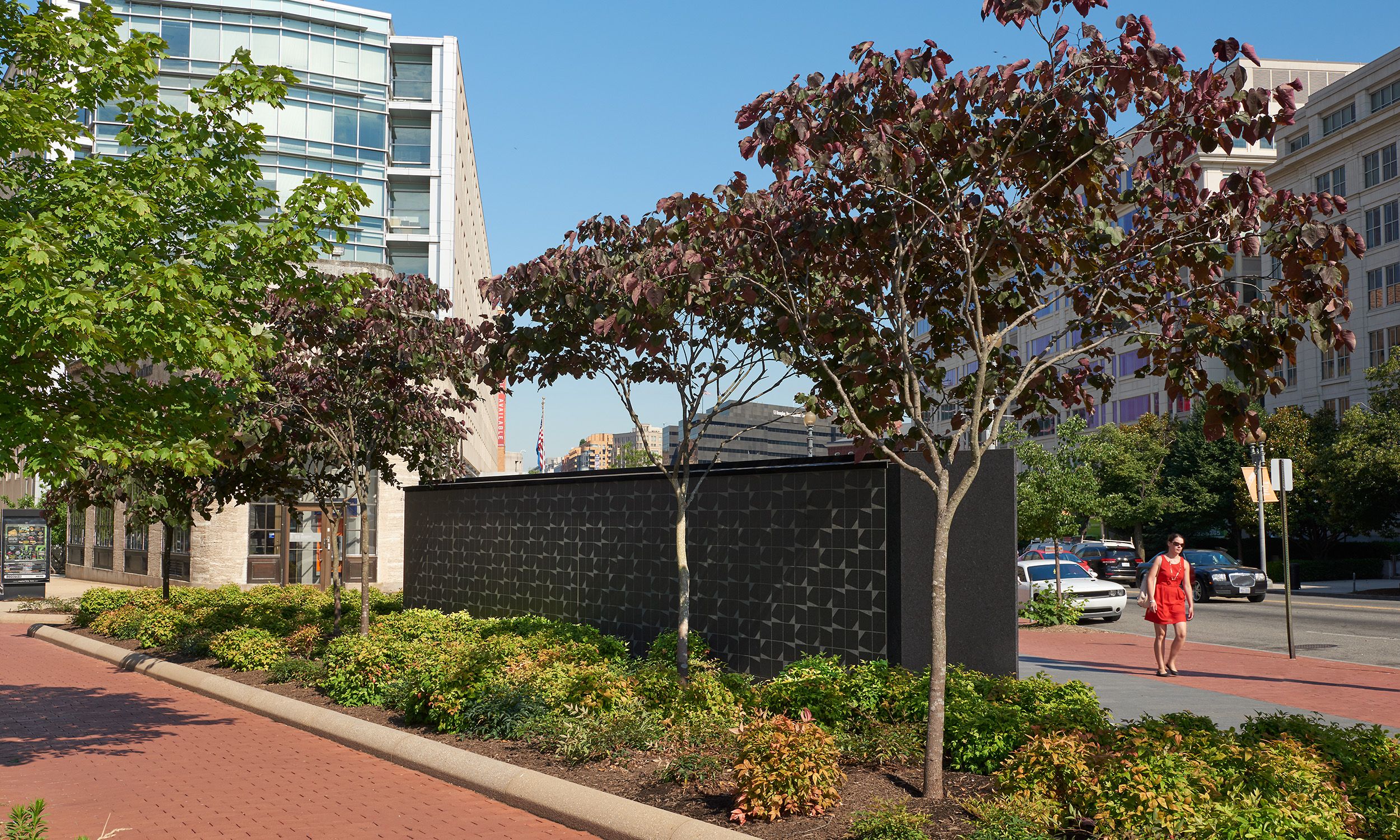
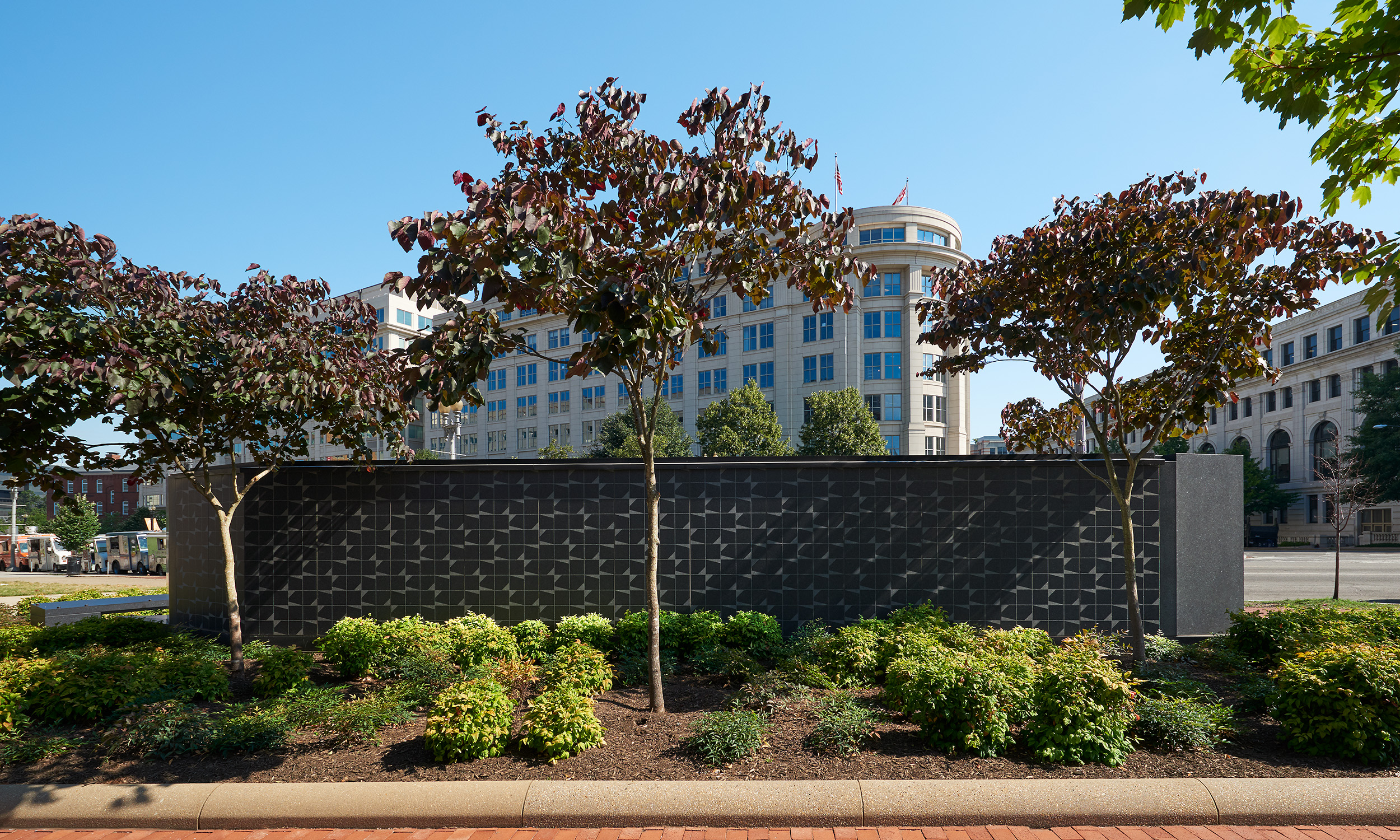
Holodomor Memorial
National Park Service and the Government of Ukraine
Washington, DC Design Architect/Sculptor: The Kurylas Studio
Architect of Record: Hartman-Cox Architects
Holodomor - in Ukrainian - means death by starvation.
Ukraine experienced a devastating famine in the early decades of the 20th century. Unknown to many in the world at that time and even today, the famine was an engineered famine, induced by the totalitarian regime of Josef Stalin in the Soviet Union between 1932 and 1933. During the famine, millions of Ukrainians were deliberately and systematically starved to death by the Soviet Union. The Soviet Government introduced unrealistically high quotas on grain and other agricultural products,which were strictly enforced by Red Army troops. Only when Ukraine restored its independence from the Soviet Union in 1991 did the Ukrainian people begin openly discussing the events of 1932-1933, with witnesses coming forth to tell of the horrors they experienced during the famine. To bring a greater awareness of the Ukrainian Famine to the world, the Ukrainian government sought to build a memorial in Washington, DC to honor the victims of this largely unknown holocaust. During the years of Ukraine's subjugation by the Soviet Union, the United States remained a beacon of hope that eventually Ukraine and its people will live free and be sovereign in their own country. Today, this gesture of goodwill presented to the American people will signify the relevance of Ukraine's tragedy 75 years ago. America's long-standing role as the foremost champion of human rights in the world makes Washington, DC a fitting location for a memorial to this tragedy.
The focal point of the Holodomor Memorial is a bronze, bas-relief wall titled Field of Wheat. Wheat is the theme not only because its confiscation led to the death of millions of innocent Ukrainians, but also because wheat cultivation is one of the few things that Americans associate with Ukraine. The bas-relief depicting the field of wheat is subtly perspectival. From left to right across 30 feet, highly articulated wheat heads and stalks initially project outward from the rectangular, bronze wall plane, then gradually recede into the wall and finally, as the recess steadily deepens on the right, fade away completely. HOLODOMOR 1932-1933 appears at the base of the receding wheat stalks, the dates farthest to the right where the recess is greatest. The entire bronze wall rests on a granite plinth that deepens as the site slopes down to the west.
Photos by: Hoachlander Davis Photography
